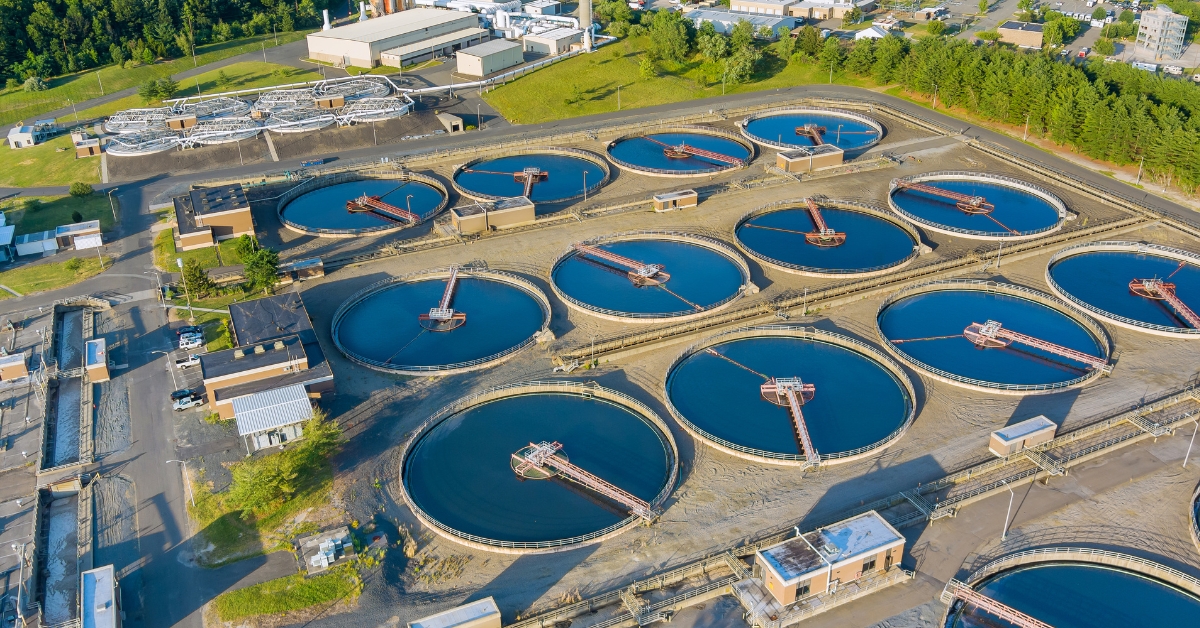
Biden’s Offshore Wind Goals Unlikely to Be Achieved
President Joe Biden’s goal to develop 30 gigawatts of offshore wind energy by 2030 is facing huge challenges that threaten its realization. Developers in the United States are grappling with soaring costs, supply chain delays, and regulatory hurdles that have caused them to reconsider their ambitions. A combination of factors, including poorly negotiated power purchase agreements, a lack of an established offshore supply chain, and increasing project costs due to global demand and unforeseen crises, is hampering the offshore wind industry’s growth.
One of the major issues facing offshore wind development is rapidly rising costs. Materials costs have increased due to limited supply and higher demand globally. Governments worldwide would need to invest substantial sums, estimated at around $100 billion per country, to establish offshore wind supply chains and meet their 2030 targets. Developers are concerned that the current level of federal funding is insufficient to support these massive investments, which may lead to the failure of projects in the near term.
Another challenge for offshore wind projects is the underpriced power purchase agreements (PPAs) that have become unsustainable. In the past year, major developers, including Equinor, BP, and Shell, have canceled or amended commercial-scale offshore projects in the U.S. due to the high costs and their inability to renegotiate PPAs to reflect the true costs of construction. While companies previously signed PPAs based on projected costs of $77 per megawatt-hour, the current estimated costs for subsidized projects in the U.S. stand at around $114.20 per megawatt-hour, a nearly 50% increase.
Furthermore, developers are pushing states to renegotiate their power purchase agreements to reflect the higher costs, which would ultimately pass the burden on to consumers without federal intervention. New York, for instance, recently rejected requests from Equinor and BP to raise project costs by 54%, citing consumer affordability and a desire to avoid significant increases in residents’ monthly utility bills. This decision has raised concerns about the state’s planned offshore wind capacity and its long-term target of achieving 70% renewable power generation by 2030.
While there is a call for federal action to address these challenges, some states are pursuing regional initiatives to defray the costs of offshore wind projects. Connecticut, Rhode Island, and Massachusetts have formed a joint effort to reduce costs by sharing large-scale wind projects and coordinating prices and supply chain investments. This regional approach offers a more organic solution to the supply chain development challenge but is likely to take longer than the 2030 target set by the Biden administration.
In addition to financial and regulatory hurdles, offshore wind projects have faced opposition from local groups, including fishermen, marine life activists, and lawmakers. Concerns have been raised about the impact of offshore drilling on marine life and the fishing industry. Local opposition and lawsuits have added another layer of complexity to the offshore wind industry’s growth.
In conclusion, President Biden’s ambitious goal of developing 30 gigawatts of offshore wind energy by 2030 is facing significant obstacles, including rising costs, underpriced power purchase agreements, the need for substantial federal funding, and local opposition. With any luck, more of these offshore wind projects, which are a lousy deal for both taxpayers and utility customers, will be cancelled.














